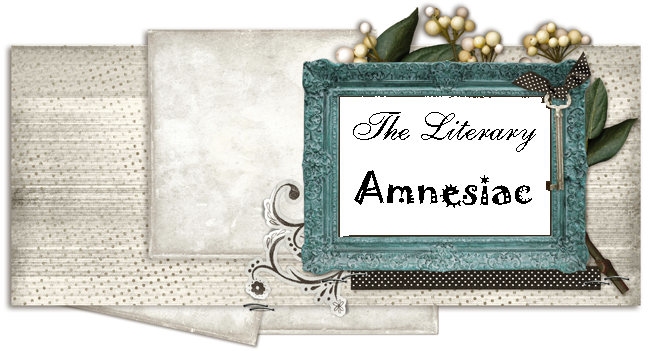 I was simultaneously eager to read this book and dreading it. It came very highly recommended to me, but the person who pushed it on me the most won't heat her food in a microwave because of the "bad waves," talks to her viruses so they understand it's nothing personal when she fights them off and kills them, and grew up as a Catholic but is now more of a Buddhist. So I wasn't quite certain what to expect of a Biblically-based historical fiction account of Jacob's wives and children that was enjoyed by someone who is quite possibly the weirdest person I know.
I was simultaneously eager to read this book and dreading it. It came very highly recommended to me, but the person who pushed it on me the most won't heat her food in a microwave because of the "bad waves," talks to her viruses so they understand it's nothing personal when she fights them off and kills them, and grew up as a Catholic but is now more of a Buddhist. So I wasn't quite certain what to expect of a Biblically-based historical fiction account of Jacob's wives and children that was enjoyed by someone who is quite possibly the weirdest person I know.As it turns out, I had nothing to be scared of. Diamant presents a finely crafted story that left nothing to be desired. Yes, there were many points in which the novel differs from the Biblical account (I won't bore you with every single instance, but here are a few examples: the Bible says Jacob worked a total of 14 years for Laban before being able to marry both Leah and Rachel, not just 7 months for each; Dinah's first husband, named Shalem in the book, is Shechem in the Bible; and the Bible describes Leah's eyes as weak, whereas Diamant explains that there was nothing wrong with her eyesight, but Leah had the disconcerting trait of one blue eye and one green, combined with a piercing gaze that many found difficult to meet).
The differences bothered me a bit at first, but with a little thought I could see that each change had a very good reason. Fourteen years was changed to 14 months to keep the story going at a good pace; Dina's husband was renamed Shalem to avoid confusion, since the town his father ruled over was also named Shechem; and the description of Leah's eyes made her a stronger woman and more interesting character, instead of the pitiful, nearsighted and unwanted wife the Bible shows us. Diamant herself gives a good account of the changes she made in the "reading group guide" found at the end of my copy of the book:
"The Red Tent is not a translation but a work of fiction. Its perspective and focus--by and about the female characters--distinguishes it from the biblical account in which women are usually peripheral and often totally silent. By giving Dinah a voice and by providing texture and content to the sketchy biblical descriptions, my book is a radical departure from the historical text."
I probably wouldn't have used the word "radical" to describe the differences between the Bible and this novel. After all, it's not as if Diamant includes an alien invasion, or Nikola Tesla attempting time travel. She follows the general framework of the story given in the Bible, and fleshes it out in a marvelous way by "providing texture and content" out the wazoo. Every addition she made to the Bible story falls somewhere on the spectrum of "likely" to "probable." The end result is an abundantly engaging novel.
I love Diamant's idea that people who are loved never die, instead living on in our memories, just as Dinah lives on because we remember her name and her story. I also admired Dinah's "great joy in keeping [her] own house" that she found after her second marriage, and her "reverence for ordinary pleasures" that she gained after her short journey away from Benia to deliver Joseph's first child. It was refreshing to see the joy Dinah could gather just from her daily chores or watching her husband sleep. Not that I feel a shortage of joy in my life, but I don't think I've ever even bothered to try to derive any of it from my housework. But, as Dinah says,
"There was such sweetness in deciding where to place a chair, and in choosing what to plant in the garden. I relished creating my own order and hummed whenever I swept the floor or folded blankets."
I have those same opportunities for joy and I don't recognize them as such. I need to.








1 comment:
I remember really liking this book when I read it a few yrs ago--- should read more like it instead of all the thrillers I read.
Post a Comment